ProtonSwap Fee Calculator
Trading Fee Calculator
Calculate your trading fees on ProtonSwap based on your trade amount and staking level
Fee Results
Enter your trade amount to see fee calculations
Current XPR Price: $0.005 (as of late 2025)
Staking Requirements
Staking XPR can significantly reduce trading fees, but requires substantial token holdings. Note: Staking 10 million XPR (worth ~$50,000 at current prices) is needed for free trading.
Warning: Most users don't have enough XPR to qualify for fee discounts. Staking requirements are a significant barrier for new users.
When you hear "crypto exchange," you probably think of Binance, Kraken, or Coinbase - platforms with millions of users, clear pricing, and real-time trading charts. But what if you stumble across something completely different? Something that doesn’t show up on CoinMarketCap, has no user reviews, and only works with one blockchain? That’s ProtonSwap.
What Exactly Is ProtonSwap?
ProtonSwap is a decentralized exchange (DEX) built on the Proton blockchain. Unlike traditional exchanges where you deposit your crypto and trust a company to hold it, ProtonSwap lets you swap tokens directly from your wallet. No deposits. No middlemen. No gas fees. That’s the promise, anyway. It uses an Automated Market Maker (AMM) model - the same tech behind Uniswap and PancakeSwap - but with one big twist: it runs on the Proton blockchain, which was designed to be fast and cheap. That means trades happen instantly, and you don’t pay Ethereum-style gas fees. Instead, the network uses a proof-of-stake system where users vote on validators, keeping costs near zero. The catch? You can only trade tokens that exist on the Proton blockchain. If you want to swap Bitcoin for Ethereum, you’re out of luck. ProtonSwap doesn’t support cross-chain swaps. Your options are limited to what’s already on Proton - mostly tokens created by projects built on that network, like PROTON (XPR), and a few others.How Trading Works on ProtonSwap
Using ProtonSwap is simple in theory. You connect your Proton-compatible wallet - like Proton Wallet or TokenPocket - and pick two tokens to swap. You enter the amount, click swap, and done. The trade executes in seconds. No KYC. No sign-up. No waiting for withdrawals. But here’s where it gets interesting: fees. ProtonSwap charges 0.3% per trade. That’s standard for DEXs. But here’s the kicker - you can cut that fee dramatically by staking XPR, the native token of the Proton blockchain.- Stake 100,000 XPR → 33% fee discount
- Stake 1,000,000 XPR → 66% fee discount
- Stake 10,000,000 XPR → 100% fee discount (free trading)
Who Gets Paid When You Trade?
Every trade on ProtonSwap splits its 0.3% fee two ways:- 0.2% goes to liquidity providers - people who deposit tokens into trading pools
- 0.1% goes to XPR stakers - people who lock up their tokens to support the network
Why ProtonSwap Doesn’t Show Up on Major Sites
If you search for ProtonSwap on CoinMarketCap, you’ll see: "No data is available now." Same on CoinGecko. No trading volume. No price charts. No market cap. Nothing. That’s not normal. Even the smallest DEXs get listed eventually if they have real activity. The fact that ProtonSwap isn’t tracked suggests one of three things:- Trading volume is too low to meet listing requirements
- The team hasn’t applied for listing
- There are compliance or legal concerns preventing disclosure
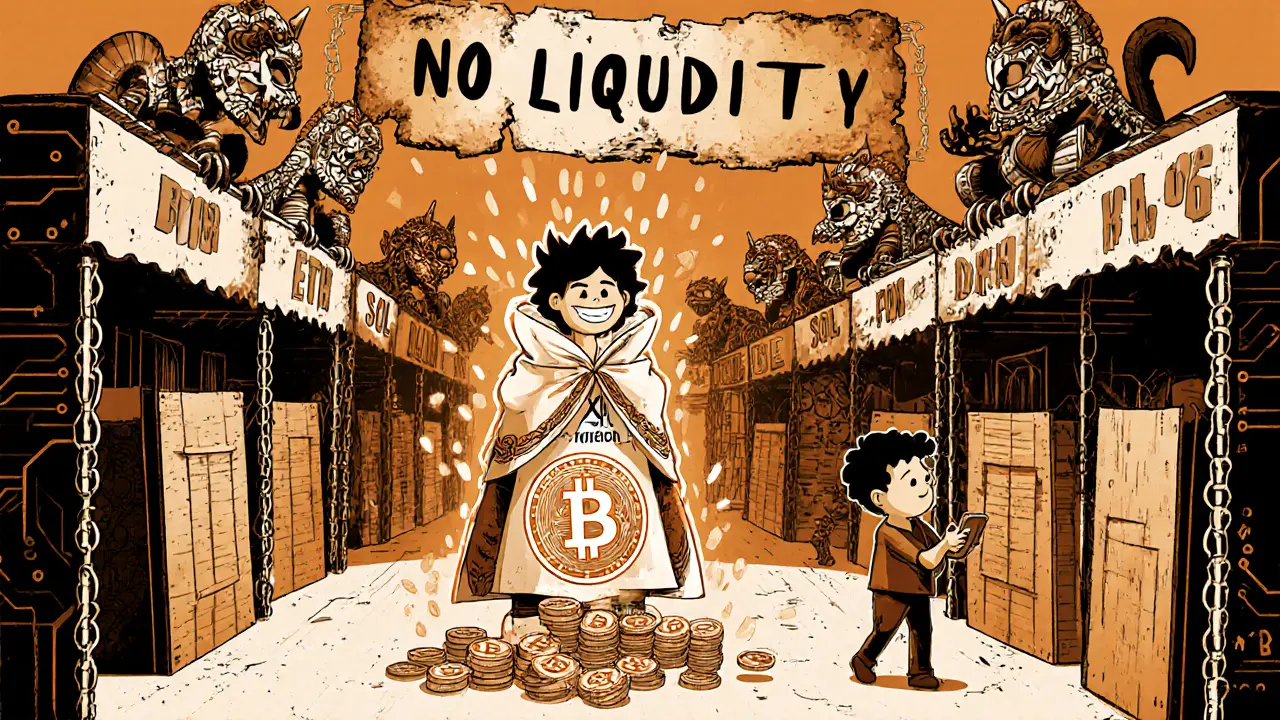
The Proton Ecosystem: Advantage or Trap?
ProtonSwap doesn’t exist in a vacuum. It’s part of the larger Proton ecosystem, which includes a blockchain, wallet, identity system, and NFT marketplace. If you’re already using Proton for NFTs or decentralized apps, then ProtonSwap is a natural extension. The blockchain itself is solid. It’s fast, low-cost, and designed for real-world use - not just speculation. It’s used by companies for loyalty programs and tokenized rewards. So the tech behind it isn’t junk. But here’s the danger: if you’re only using ProtonSwap because you think it’s "the next big thing," you’re risking your capital on a very small, unproven network. If the Proton ecosystem doesn’t grow, ProtonSwap will stagnate. No users = no liquidity = no trades = no value. It’s like opening a shop in a town with 20 people. The building is nice. The shelves are full. But nobody walks in.Is ProtonSwap Safe?
Technically, yes - if you understand what you’re doing. Since it’s decentralized, your funds never leave your wallet. That’s safer than putting your crypto on Binance or Coinbase, where exchanges have been hacked before. But safety isn’t just about code. It’s about trust. And ProtonSwap has none of the usual trust signals:- No public audit reports
- No GitHub repository
- No developer activity visible
- No customer support page
- No documentation beyond a basic interface
Who Should Use ProtonSwap?
This isn’t for beginners. Not even close. It’s only worth considering if:- You already hold XPR and are staking it
- You’re actively using other Proton-based apps
- You’re comfortable with zero transparency and no customer support
- You’re not trading large amounts

ProtonSwap vs. The Competition
| Feature | ProtonSwap | Uniswap (Ethereum) | PancakeSwap (BSC) |
|---|---|---|---|
| Blockchain | Proton only | Ethereum | Binance Smart Chain |
| Gas Fees | None | High (up to $50) | Low (under $0.10) |
| Token Support | Proton-native only | Thousands | Thousands |
| Liquidity Tracking | Not tracked | Publicly listed | Publicly listed |
| Fee Discounts via Staking | Yes (XPR required) | No | No |
| User Base | Unknown, likely small | Millions | Millions |
| Support & Docs | Minimal to none | Extensive | Extensive |
The Bottom Line
ProtonSwap isn’t a scam. The tech works. The idea makes sense. But it’s stuck in early development with no visibility, no users, and no proof it’s growing. If you’re curious, try it with $10 worth of XPR. See how it feels. But don’t invest your savings. Don’t expect to cash out later. Don’t assume it’ll become the next big thing. Right now, ProtonSwap feels like a prototype that got stuck in a lab. It’s not ready for the real world - not yet. And unless the team starts publishing updates, building community, and getting listed on major tracking sites, it’ll stay there.Frequently Asked Questions
Is ProtonSwap safe to use?
Technically, yes - because you never deposit funds into a central wallet. Your crypto stays in your own Proton-compatible wallet. But safety isn’t just about code. There’s no public audit, no developer activity, and no support team. If something breaks, you’re on your own. Use only small amounts you can afford to lose.
Can I trade Bitcoin or Ethereum on ProtonSwap?
No. ProtonSwap only supports tokens built on the Proton blockchain. You can’t swap BTC, ETH, SOL, or USDT unless they’ve been wrapped and added to Proton - and as of now, very few major tokens are available.
Why isn’t ProtonSwap on CoinMarketCap?
CoinMarketCap requires exchanges to provide verified trading data, liquidity metrics, and compliance information. ProtonSwap hasn’t met these requirements - likely because trading volume is too low or the team hasn’t applied for listing. Its "untracked" status means there’s no reliable data to show.
Do I need to stake XPR to use ProtonSwap?
No, you don’t need to stake XPR to trade. But if you want to reduce trading fees, you do. Without staking, you pay the full 0.3% fee. To get free trading, you need to stake 10 million XPR - which is over $50,000 at current prices. Most users won’t qualify.
Is ProtonSwap better than Uniswap or PancakeSwap?
Not for most people. Uniswap and PancakeSwap support thousands of tokens, have deep liquidity, public data, and active communities. ProtonSwap offers zero gas fees but only a handful of tokens and no transparency. Unless you’re deeply invested in the Proton ecosystem, it’s not a practical replacement.
Where can I buy XPR to use ProtonSwap?
XPR is available on a few smaller exchanges like ProtonSwap itself, ProtonChain DEX, and some regional platforms. It’s not listed on major exchanges like Binance or Kraken. You’ll likely need to buy it using another crypto like USDT or ETH on a DEX that supports Proton.

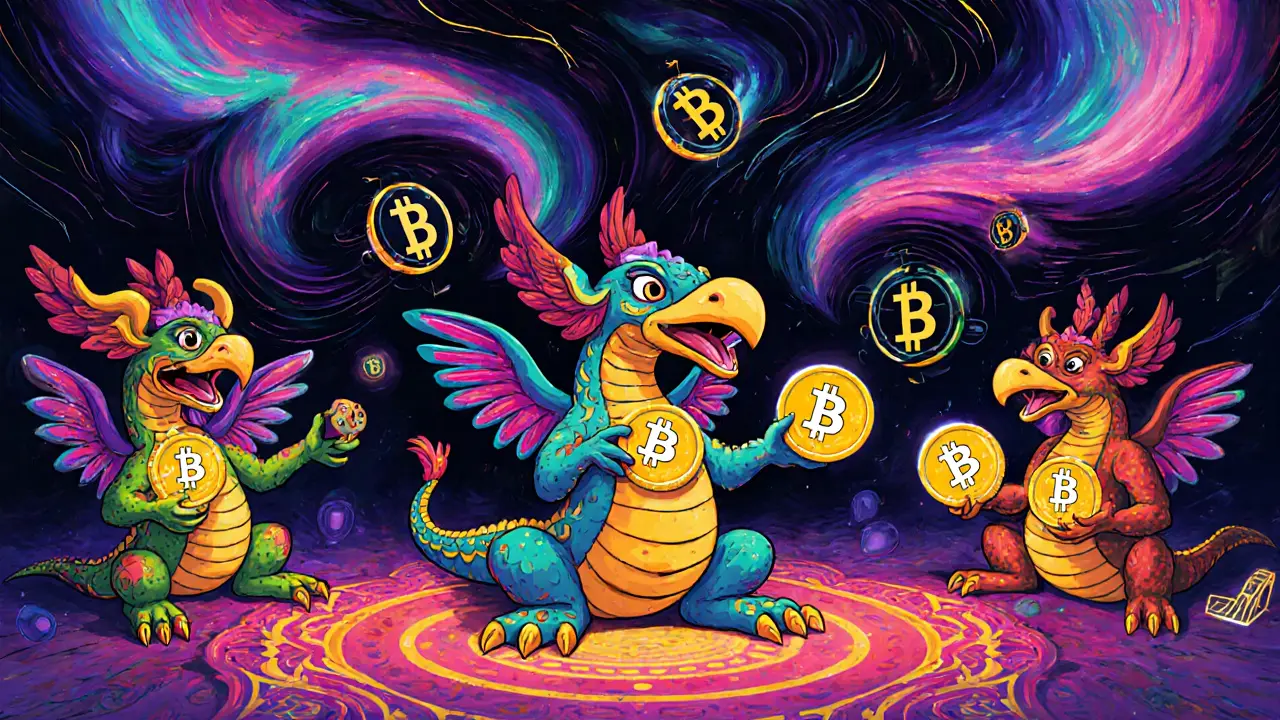






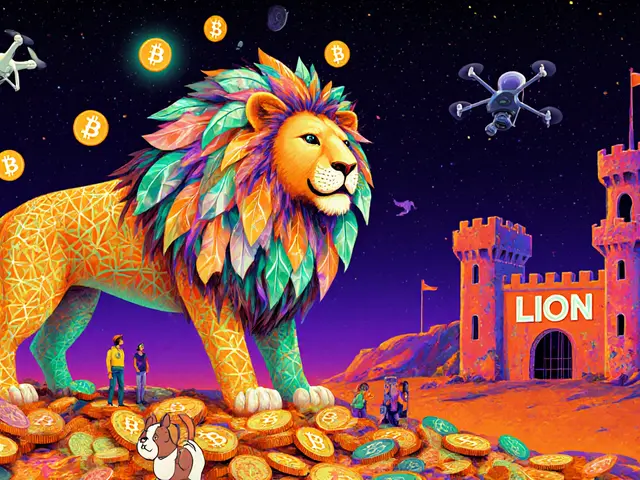
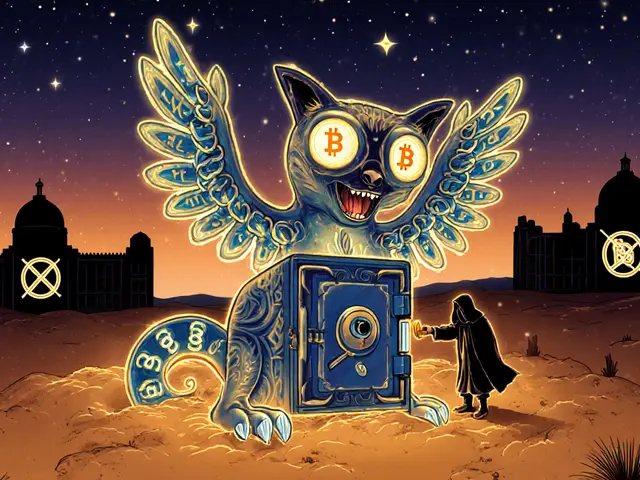
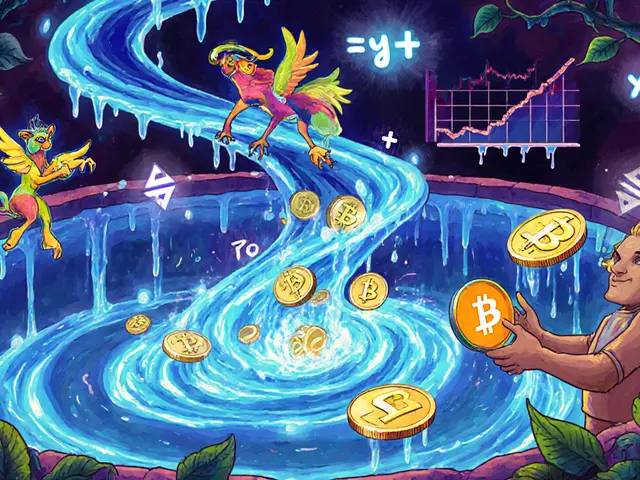


18 Comments
ProtonSwap feels like a garage project that somehow got a website. I get the zero gas fee thing, but if I can’t trade anything real, what’s the point? I’d rather pay $0.50 on PancakeSwap and actually buy something useful.
Oh wow another ‘hidden gem’ that’s just hidden because nobody wants it. Congrats, you found the crypto equivalent of a dead mall.
It’s not about whether it’s ready for the world yet-it’s about whether the idea has legs. Proton’s blockchain is quietly powerful. If you’re looking at this as a long-term play and you believe in real-world utility over hype, then maybe this is where the next wave starts. Not everyone gets it at first. Remember Ethereum in 2015?
Zero gas fees? Cool. No liquidity? Bad. No audits? Worse. No GitHub? Red flag. No support? You’re not investing, you’re donating to a mystery project.
Imagine opening a restaurant in the middle of nowhere with the best chef in the world but no sign, no menu, and no customers. That’s ProtonSwap. The food is amazing if you can find it. But why would you drive 3 hours for dinner when there’s a McDonald’s 5 minutes away?
Everyone says it’s useless but nobody proves it. Maybe the reason it’s not on CoinMarketCap is because they don’t want to be associated with the same greedy whales who pump every coin on Binance. Maybe this is the real decentralized future and you’re just too lazy to learn it
I like that this exists. Even if it’s small. Even if it’s quiet. It’s not trying to be Binance. It’s trying to be something else. And sometimes that’s worth supporting.
So you’re telling me I need to stake $50k just to avoid a 0.3% fee? That’s not an incentive. That’s a gate. And the gate is made of gold and guarded by people who never reply to DMs.
It’s not about whether it’s good or bad. It’s about whether it’s alive. And right now, it feels like a ghost town with a really nice sign.
ProtonSwap is not a failure. It’s a statement. The entire crypto industry is built on speculation. This? This is a test. A quiet rebellion against the noise. If you can’t see that, you’re not looking hard enough.
Oh my god I can’t believe you’re even giving this a chance. You’re going to lose everything. You think you’re being ‘edgy’ by using some obscure DEX? You’re just giving your money to a guy in a basement who doesn’t even know how to spell ‘audit’
Let’s be honest: this isn’t a DEX. It’s a vanity project disguised as innovation. Zero transparency? No documentation? No GitHub? No blog? No Twitter? No Discord? The fact that you’re even considering this shows how desperate people are for ‘the next big thing’-even if it’s just a PowerPoint slide with a blockchain logo.
ProtonSwap is a government psyop. They want you to think you’re using a decentralized exchange but really they’re harvesting your wallet addresses to track your crypto habits. They’re building a blockchain surveillance system under the guise of ‘innovation’. You think this is free? You’re being watched.
Try it with $10. If nothing breaks, you’re ahead. If it crashes, you lost $10. No big deal. Life’s too short to fear small risks.
It’s not about the technology. It’s about the people behind it. And if they’re not showing up, then the technology doesn’t matter. A DEX without a community is just a webpage with a button that says ‘swap’ and a prayer.
ProtonSwap is like that one friend who never posts on social media but always shows up when you need them. Quiet. Unassuming. No fanfare. But when you actually use it? It just works. Maybe that’s the point.
Anyone who says this is safe is either lying or has never lost money to a rug pull. This isn’t innovation-it’s negligence wrapped in blockchain jargon.
I’ve been using ProtonSwap for six months. I’ve traded $200 worth of XPR tokens. Zero issues. No fees since I staked 500k XPR. It’s slow, quiet, and boring-but it works. And honestly? That’s more than I can say for half the DeFi projects out there.